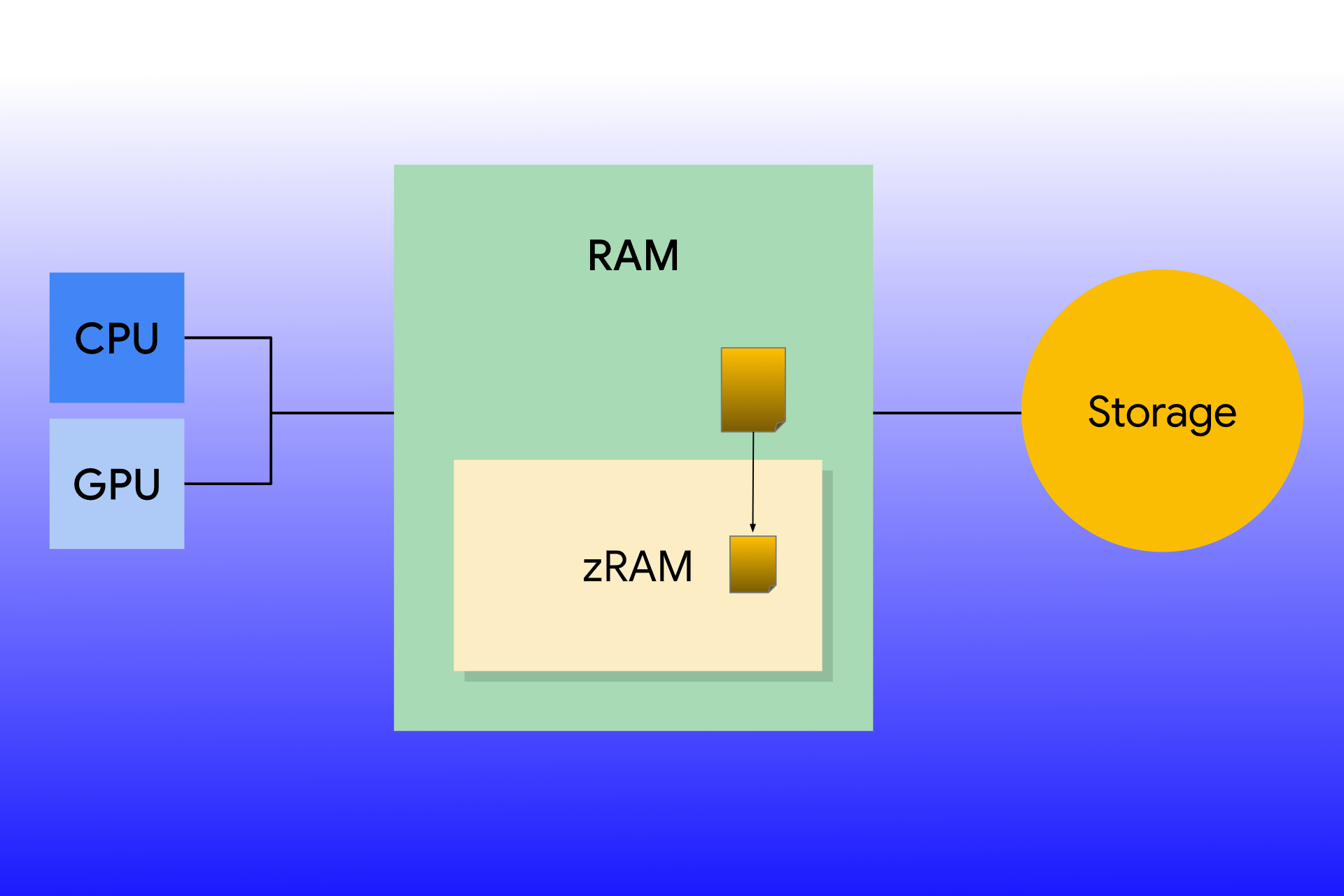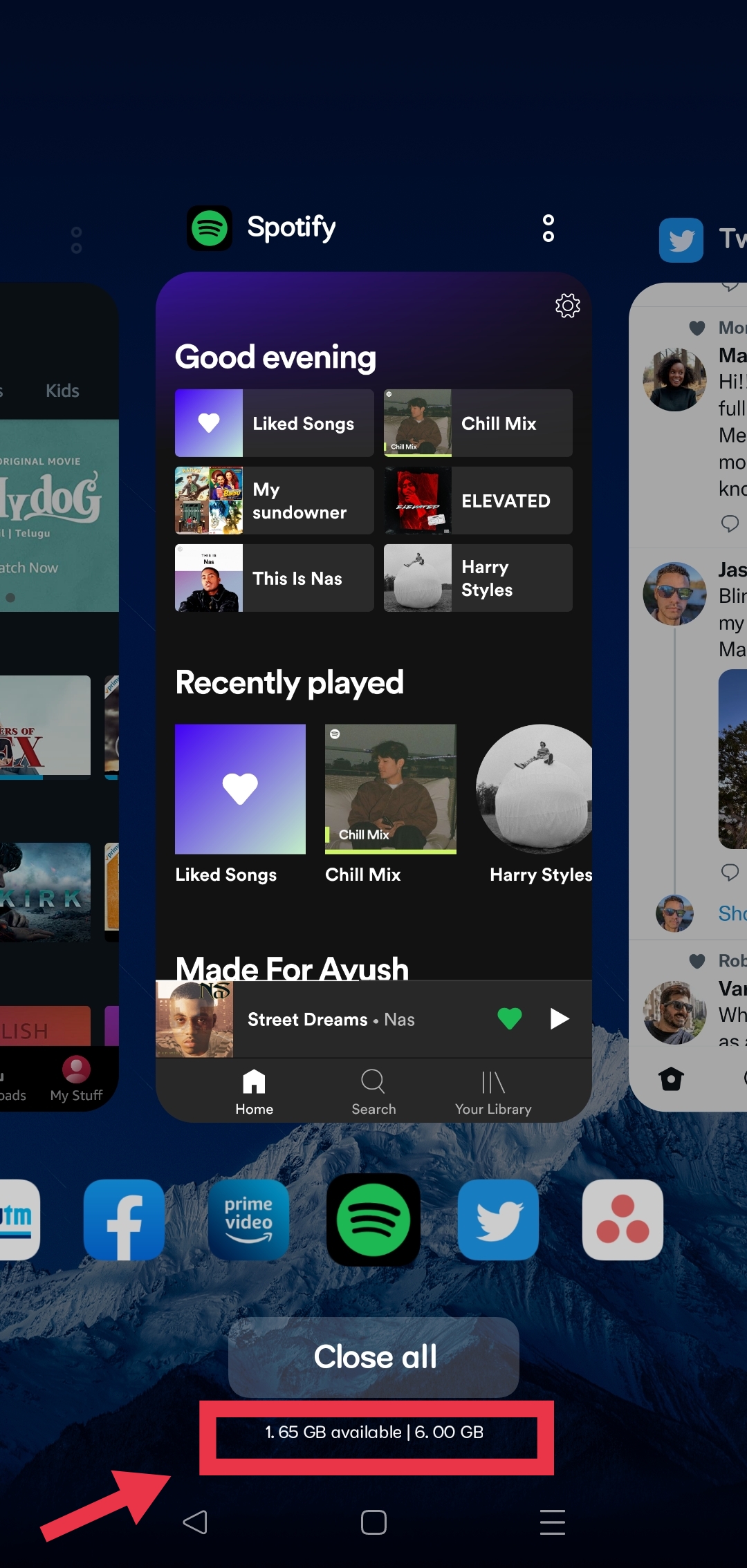Virtual RAM is no longer foreign to the world of smartphones. While the feature has been long in action for PCs, it’s only recently that we are seeing its widespread use on smartphones. Phone manufacturers use multiple marketing terms to advertise the feature on their phones, but it is basically the same thing every time. Midrange phones introduced the Virtual RAM feature first, but it is slowly coming to high-end phones as well. But what is Virtual RAM? Here’s an explainer to help.
What is Virtual RAM?
The term Virtual RAM refers to RAM that isn’t physically present on your device (like normal

By doing this, RAM allows you to load apps as quickly as possible. Whenever you open an app, it’s stored in
The idea of Virtual RAM is to provide extra
How does Virtual RAM work on Android?
How does Virtual RAM work? The simple answer is it allocates a certain amount of space from your main storage — so 4GB, 6GB, etc. But, to completely understand the workings of Virtual
An Android device is equipped with three kinds of memory — RAM (LPDDR4, LPDDR4x), internal storage (eMMC or UFS), and zRAM, the latter of which is basically a partition inside your

Android uses a process called paging for memory management. In paging, RAM is broken into small pieces called “pages,” which are mostly around 4KB each. The amount of used

Pages are defined into two types — “clean pages” and “dirty pages”. Clean pages have an unmodified copy of data saved in the storage, while dirty pages keep a modified copy. An unmodified copy is static data that doesn’t change, while a modified copy is dynamic data that changes every moment. Android can get rid of clean pages when they do not need access to resources, freeing up space in RAM.
This sounds complicated, but it’s easier to understand through some real-life examples. Apps like Facebook, Twitter, and Reddit use clean pages and tend to remain static when placed in the background. For instance, when you launch Facebook and move to Twitter later,
On the other hand, music streaming apps and YouTube use dirty pages, so they keep running even when the app is not open. As such, these apps use RAM dynamically, and cannot be closed. So to save space, these apps are compressed and sent to zRAM, making sure the app remains open in the background.
Virtual RAM uses internal storage on your device by creating a swap partition that acts as zRAM. Budget phones ship with a limited amount of
Is Virtual RAM beneficial for your phone?
The Virtual RAM feature allows you to run more apps on your phone, but it’s not often seen on flagship smartphones. Why? Because leveraging storage space like this makes the most sense on an entry-level device that has a limited amount of
It’s also worth noting that the feature involves constant reading and writing, which is not good for flash memory, as they have limited read and write cycles. So frequent use of internal storage for Virtual RAM reduces your storage’s life.
Why are we seeing the Virtual RAM features on phones now?
Virtual RAM has been around for a while now, just not on smartphones. PCs come with this feature built-in, and it used to be only rooted smartphones that allowed this feature. But we’ve recently seen manufacturers starting to ship phones with this feature built-in. This is likely because apps are much larger these days and take up more resources, including
So, is this a good thing? Not really, as this feature can do more harm than good where internal storage life span is concerned. This is a major reason why Google has avoided this feature for so long, as highlighted on the Android developer page. “On Android, storage isn’t used for swap space like it is on other Linux implementations since frequent writing can cause wear on this memory and shorten the life of the storage medium.”



